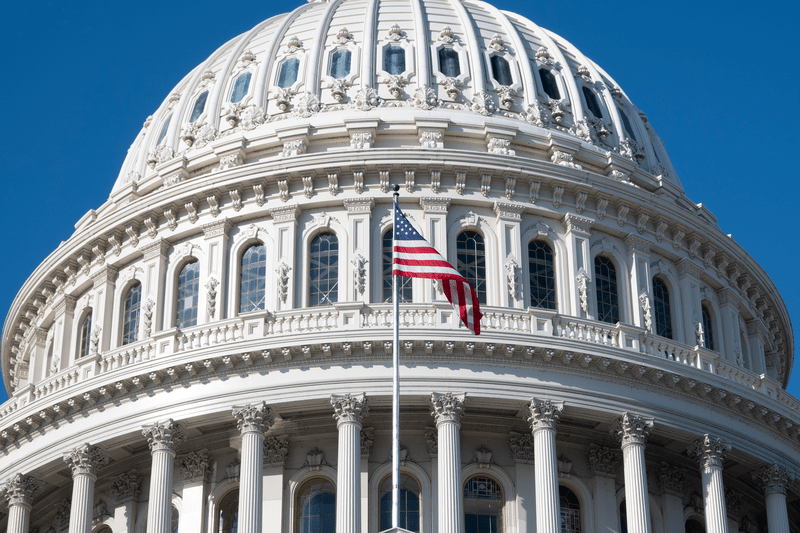On May 16, a letter was signed by over 50 participants and groups from the digital asset industry. They sent it to the Speaker and Minority Leader of the US House of Representatives, urging them to back Bill HR 4763, the Financial Innovation and Technology for the 21st Century Act
The
Register for free to keep reading.
To continue reading this article and unlock full access to GRIP, register now. You’ll enjoy free access to all content until our subscription service launches in early 2026.
- Unlimited access to industry insights
- Stay on top of key rules and regulatory changes with our Rules Navigator
- Ad-free experience with no distractions
- Regular podcasts from trusted external experts
- Fresh compliance and regulatory content every day













